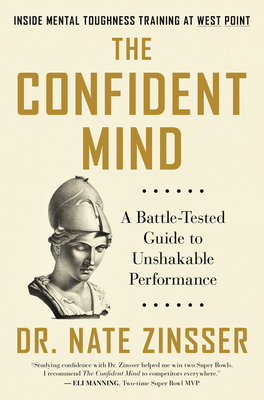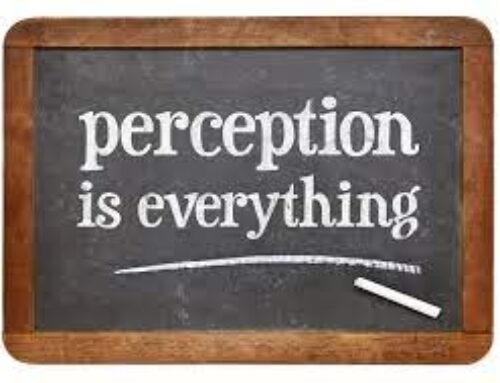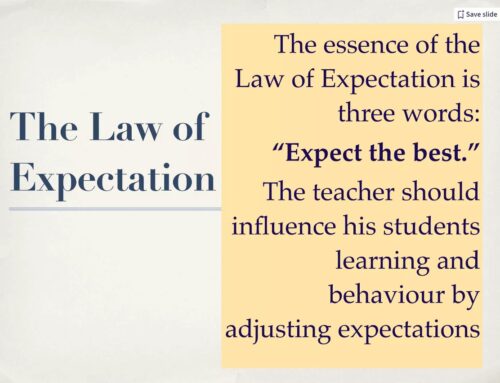In the pursuit of personal and professional success, confidence plays a pivotal role. It is the foundation upon which we build our aspirations, confront challenges, and navigate the complexities of life. However, maintaining a steady level of confidence is not always easy, especially in the face of setbacks and failures. This is where the concept of building a “confidence bank,” as discussed by Ian Zinsser in his book “The Confident Mind,” becomes invaluable. This innovative idea offers a practical strategy for nurturing and sustaining self-belief through the intentional collection and recall of positive experiences.
The Concept of a Confidence Bank
The confidence bank is a metaphorical repository for all your positive, affirming experiences, achievements, and moments of joy. Just as a financial bank keeps your monetary assets safe for future use, a confidence bank safeguards your psychological assets—memories, accomplishments, words of affirmation—allowing you to draw on them when your confidence levels need a boost.
The premise is simple yet profound: by regularly depositing positive experiences into your confidence bank, you create a reservoir of self-assurance that you can tap into whenever you encounter doubt or insecurity. This practice is grounded in the psychology of positive reinforcement and the understanding that our self-image is significantly influenced by the narratives we tell ourselves.
How to Build Your Confidence Bank
Building a confidence bank is a personalized and ongoing process. Here are some strategies to start compiling your repository of confidence-boosting memories:
- Create a Digital Folder: In the digital age, our phones and computers are extensions of our minds and memories. Zinsser suggests creating a digital folder on your phone or computer where you can store photos, messages, emails, and any other mementos that evoke positive feelings. Family vacation photos, snapshots of achievements, and messages of appreciation from friends and colleagues can all find a place in this folder.
- Journaling: Writing down positive experiences, achievements, and moments of gratitude in a journal is another effective way to build your confidence bank. The act of writing reinforces these positive memories, making them more accessible for future reflection.
- Voice Memos: For those who prefer speaking to writing, voice memos offer a dynamic way to capture and revisit positive experiences. Recording a quick memo after a successful presentation, a meaningful conversation, or any other confidence-boosting event can provide a vivid, emotional snapshot to return to later.
- Visualization: Visualization is a powerful tool in reinforcing positive experiences. Spend time regularly visualizing your successes, reliving those moments in as much detail as possible. This not only deposits into your confidence bank but also strengthens your mental association with success and achievement.
Using Your Confidence Bank
The true value of a confidence bank lies in its use. During moments of doubt or before facing a challenging situation, take time to withdraw from your confidence bank. Review the photos, read your journal entries, listen to your voice memos, or engage in visualization. This process can significantly boost your self-esteem, reminding you of your capabilities and worth.
The Importance of Regular Deposits
Like any bank, the more you deposit into your confidence bank, the richer it becomes. Make it a habit to recognize and celebrate your achievements, no matter how small. Every positive experience is worth depositing, as they collectively contribute to a robust sense of self-assurance.
“The Confident Mind” by Ian Zinsser: A Review
In “The Confident Mind,” Ian Zinsser explores the psychological foundations of confidence and offers readers a blueprint for cultivating a resilient sense of self-belief. The book is a compelling mix of psychological research, practical advice, and personal anecdotes, making it accessible and engaging for a wide audience.
Zinsser’s concept of a confidence bank is a standout idea, presented with clarity and practicality. He not only explains the psychological rationale behind the strategy but also provides readers with actionable steps to implement it in their lives. Throughout the book, Zinsser emphasizes the dynamic nature of confidence, arguing that it is not a fixed trait but a quality that can be developed and strengthened over time.
“The Confident Mind” is an invaluable resource for anyone looking to build confidence, overcome self-doubt, and achieve their personal and professional goals. Zinsser’s insights and strategies offer a road map to a more confident and empowered self.
Conclusion
Building a confidence bank is a powerful strategy for fostering and maintaining self-belief. By intentionally collecting and revisiting positive experiences, we can create a psychological safety net that supports us through life’s ups and downs. Ian Zinsser’s “The Confident Mind” provides a comprehensive guide to understanding and enhancing confidence, making it a must-read for those on the journey to self-improvement. Through the practices outlined in this book, we can all learn to deposit into our confidence banks regularly, ensuring that we have the self-assurance to face whatever challenges come our way.




